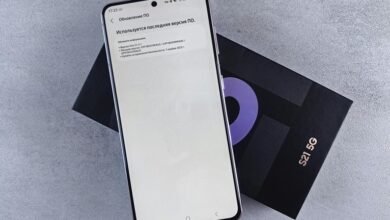7427 Tracking Mobile Call Behavior Across Regions

The analysis of mobile call behavior across regions reveals distinct patterns shaped by cultural, economic, and demographic factors. Understanding these regional variations is crucial for service providers aiming to optimize user engagement. Peak usage times often highlight user preferences and habits. However, the implications of this data extend beyond mere observation. Exploring how these insights can inform tailored services presents an intriguing opportunity for enhancing market competitiveness. What strategies might emerge from this understanding?
Understanding Regional Call Patterns
While mobile communication has become ubiquitous, understanding regional call patterns reveals significant variations influenced by cultural, economic, and technological factors.
Regional differences manifest in calling habits, with cultural influences dictating preferences for voice calls versus messaging services.
Factors such as income levels and technological accessibility further impact these patterns, highlighting the importance of analyzing local contexts to grasp the intricacies of mobile communication behavior.
Factors Influencing Mobile Call Behavior
Numerous factors influence mobile call behavior, shaping how individuals engage with voice communication in diverse contexts.
Demographic influences, such as age and socioeconomic status, significantly affect calling frequency and preferences.
Additionally, cultural differences dictate the norms surrounding call etiquette and preferred communication styles.
Together, these elements create a complex landscape that impacts how and when individuals choose to utilize mobile calling features.
Analyzing Peak Usage Times
When do mobile users predominantly engage in voice calls?
Analysis indicates that peak usage times vary across time zones, significantly impacting call duration.
In many regions, evenings and weekends show increased call activity, reflecting a preference for communication during leisure hours.
Understanding these patterns allows for better resource allocation, enhancing user experience while accommodating diverse behavioral trends across different geographical areas.
Tailoring Services for Diverse Markets
To effectively cater to the diverse markets in mobile communication, service providers must recognize and adapt to the unique preferences and behaviors of users across different regions.
Tailoring services through effective service customization allows companies to align with customer preferences, enhancing user satisfaction and engagement.
Conclusion
In conclusion, the analysis of mobile call behavior across regions reveals a striking coincidence: as cultural and economic factors intertwine, they shape distinct communication patterns that peak during specific times. This intricate relationship underscores the necessity for service providers to adapt their strategies, not only to enhance customer satisfaction but also to remain competitive. By recognizing and responding to these regional variances, companies can effectively align their offerings with the nuanced preferences of diverse markets, ensuring sustained engagement and loyalty.





